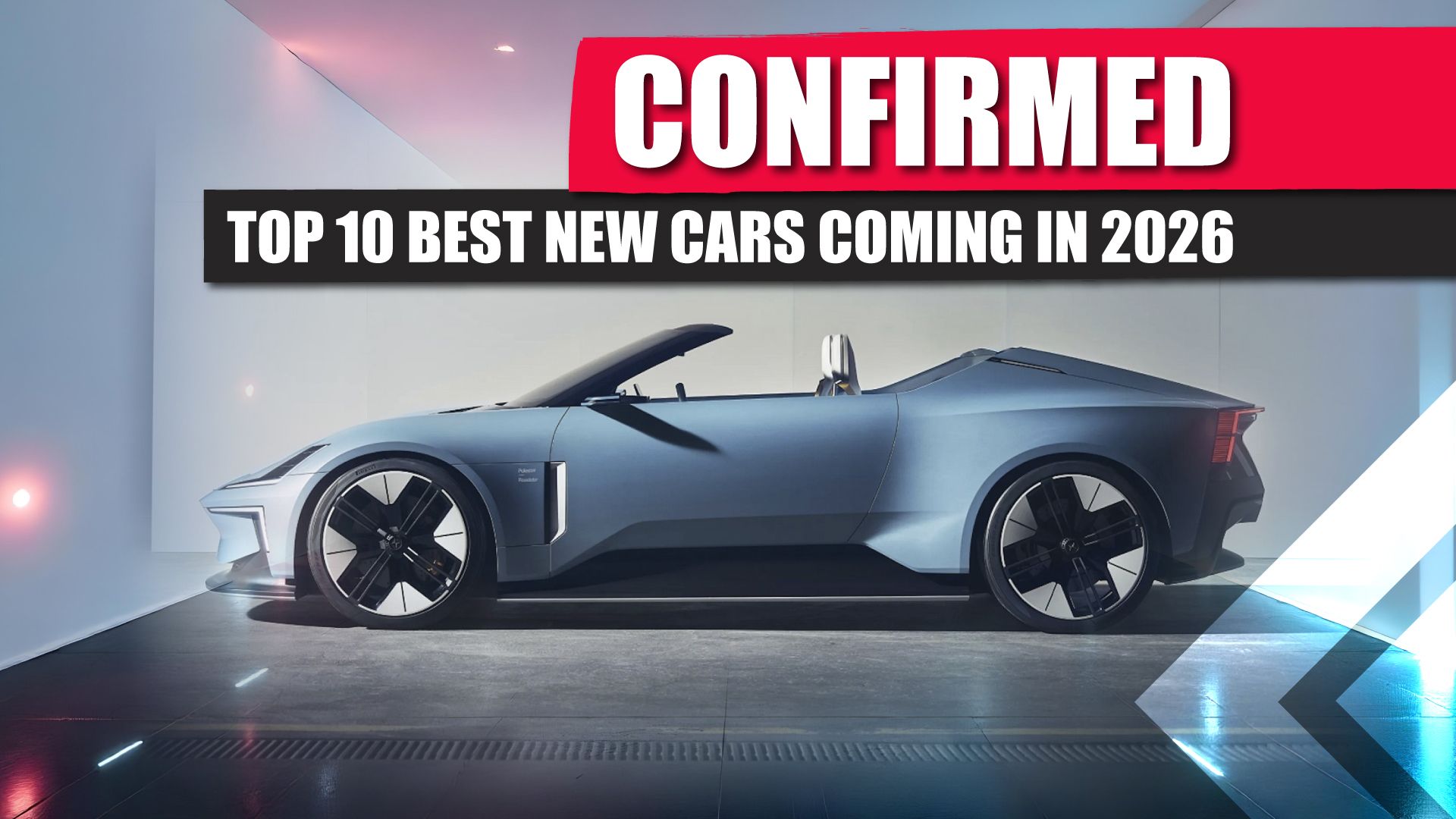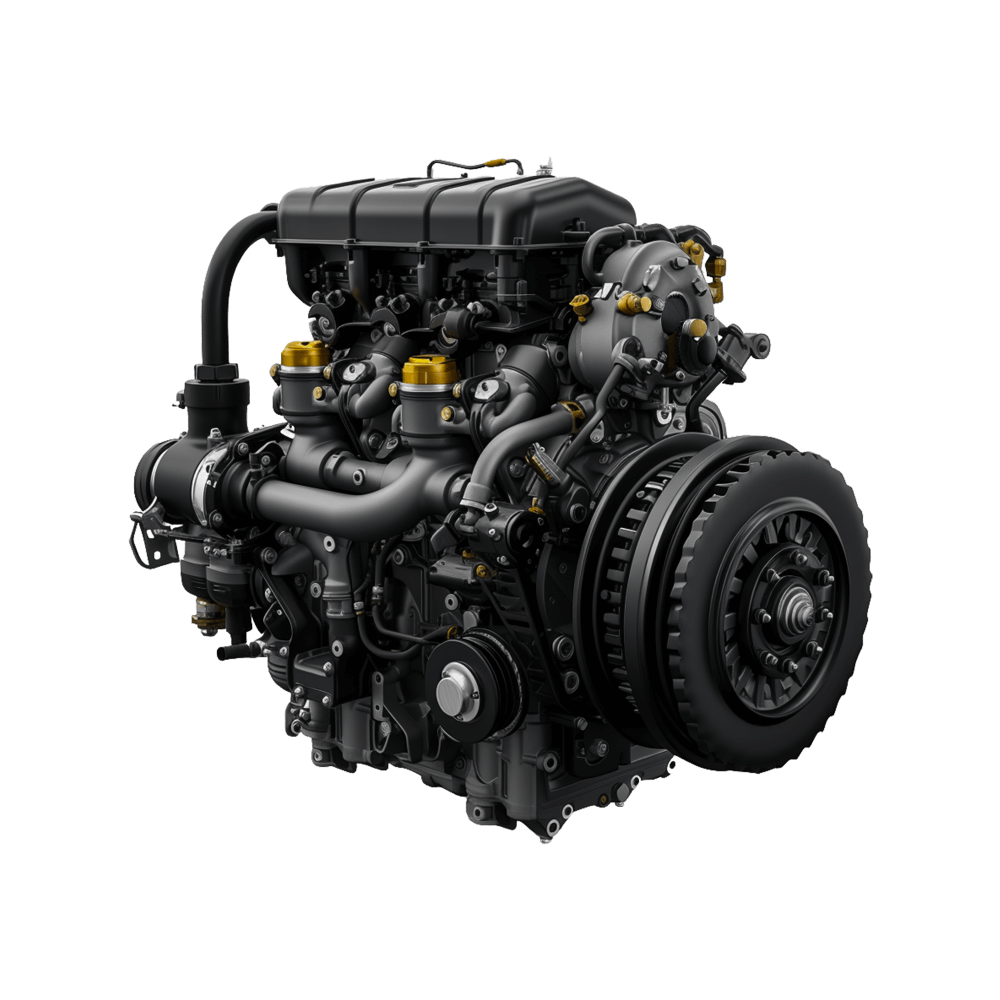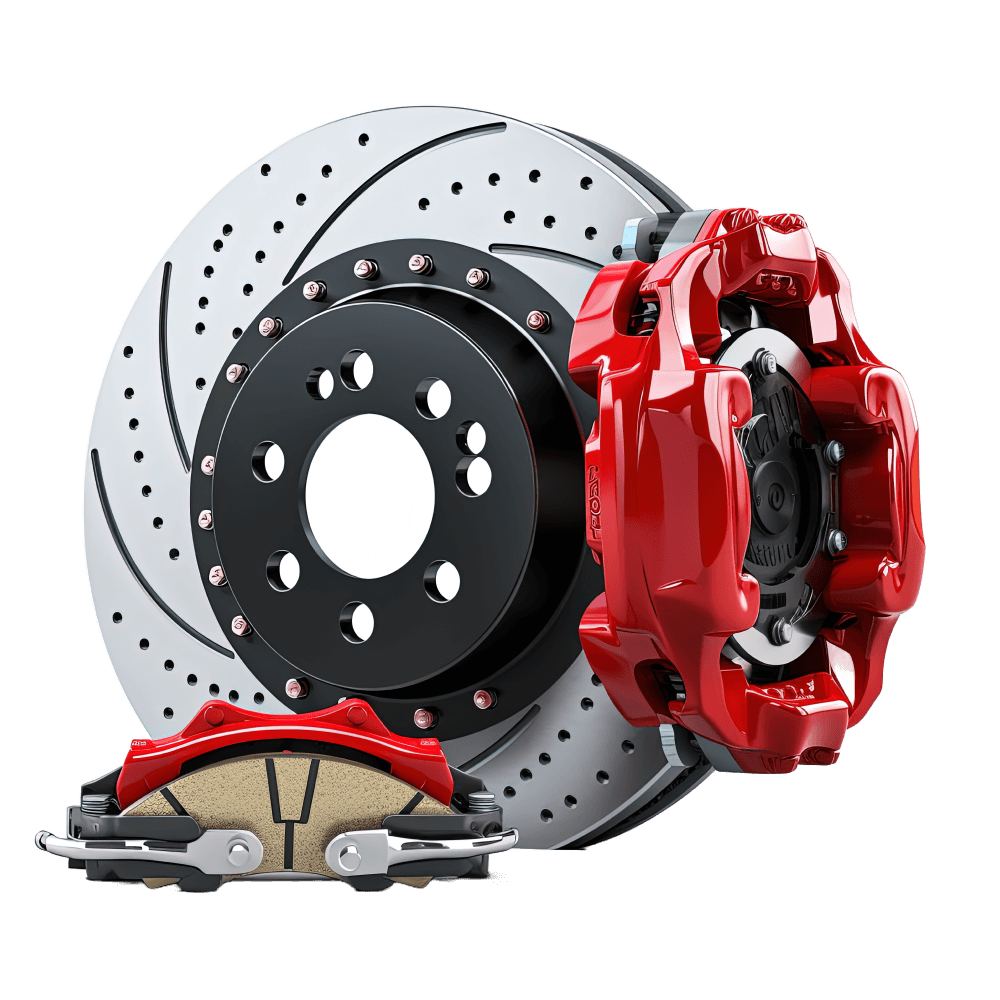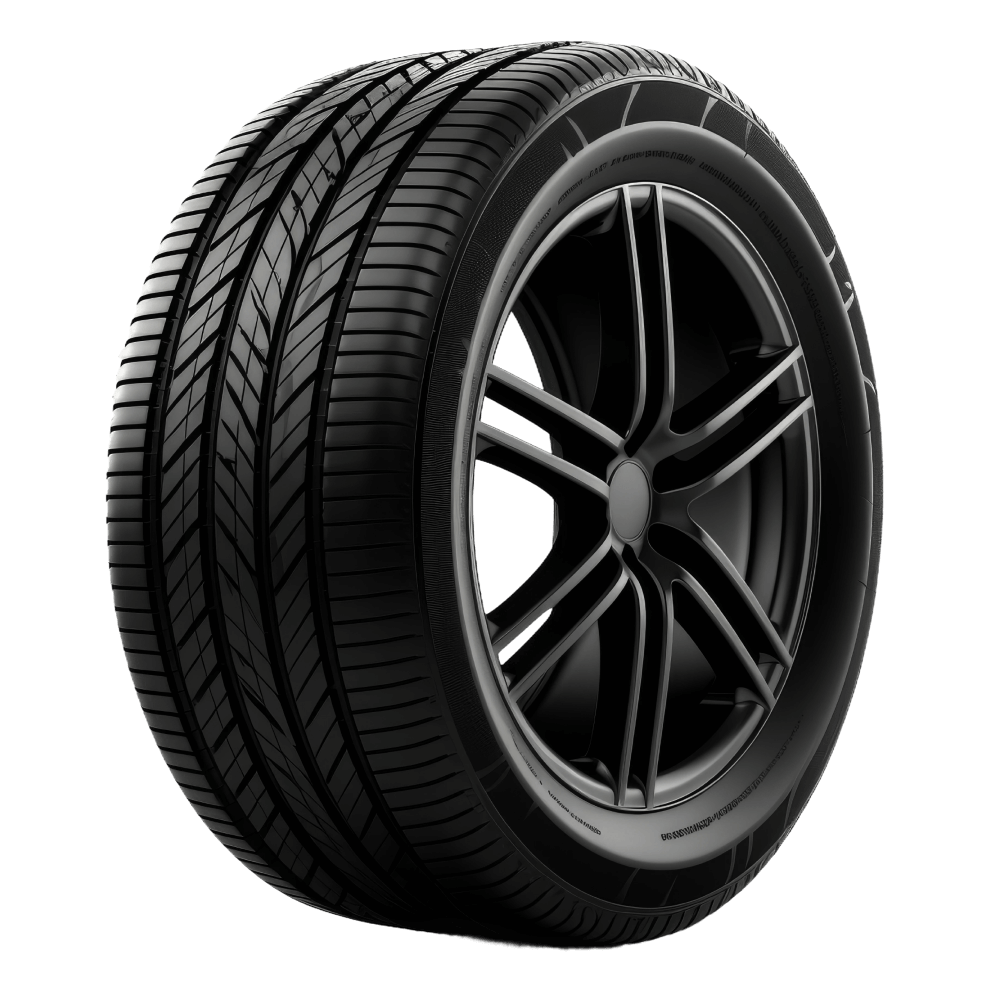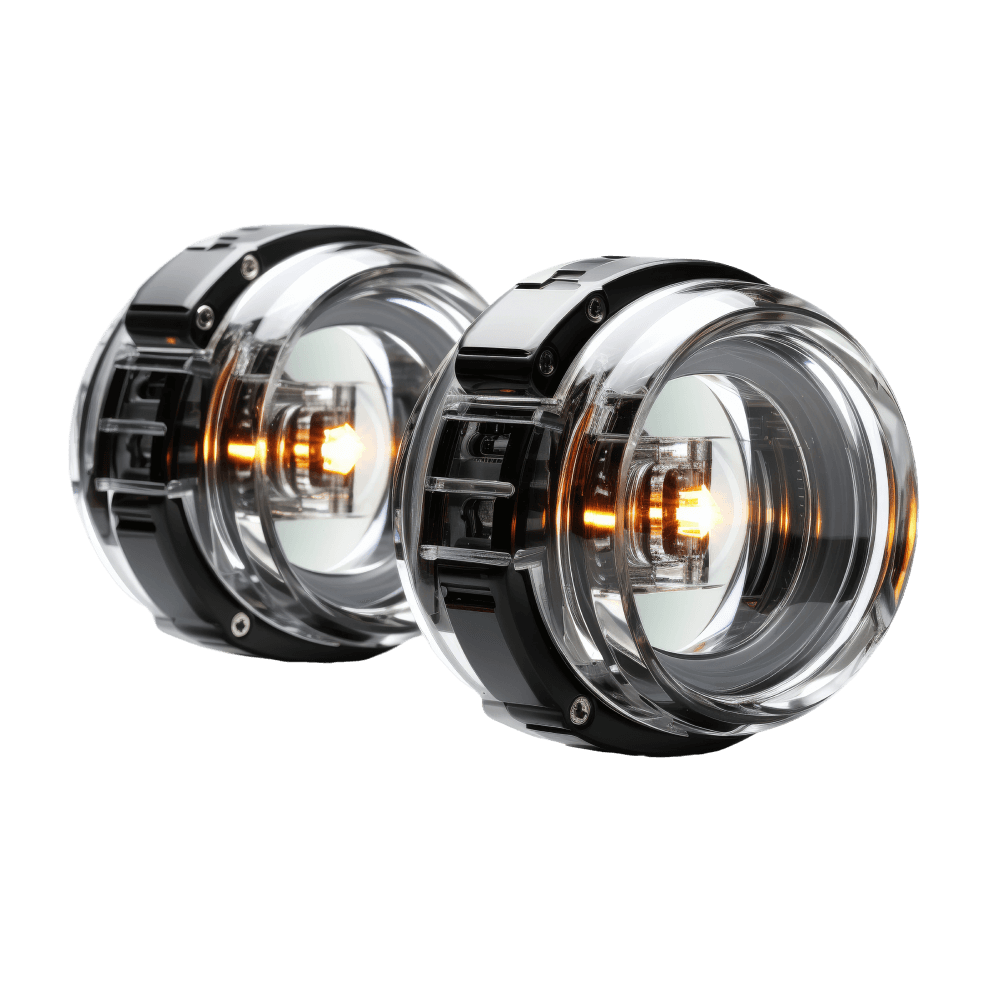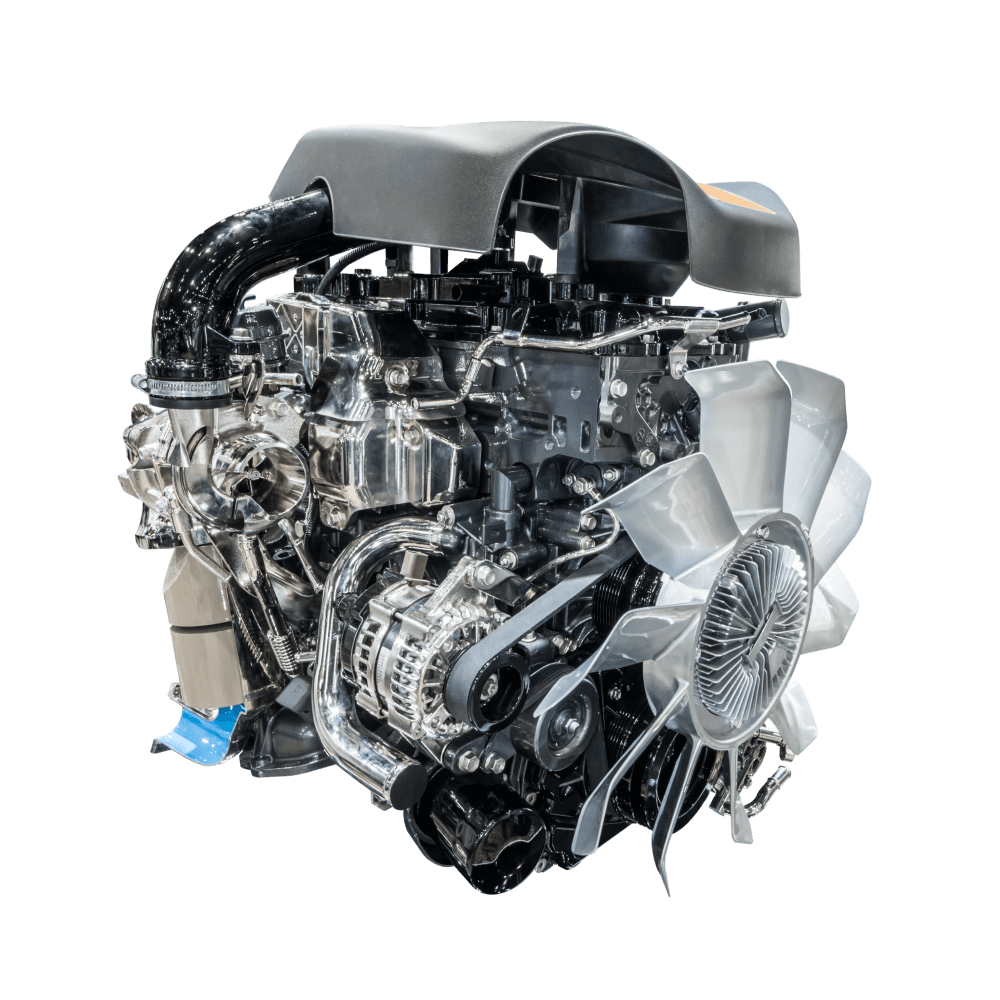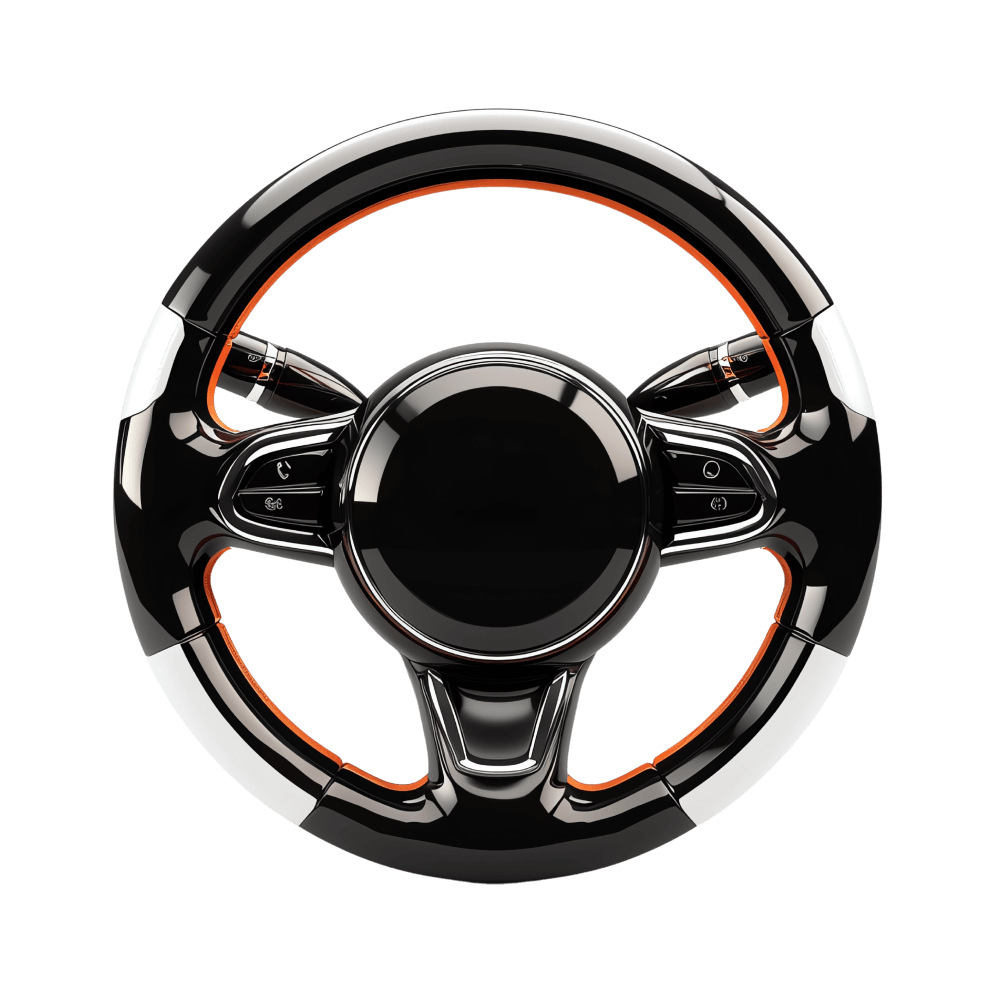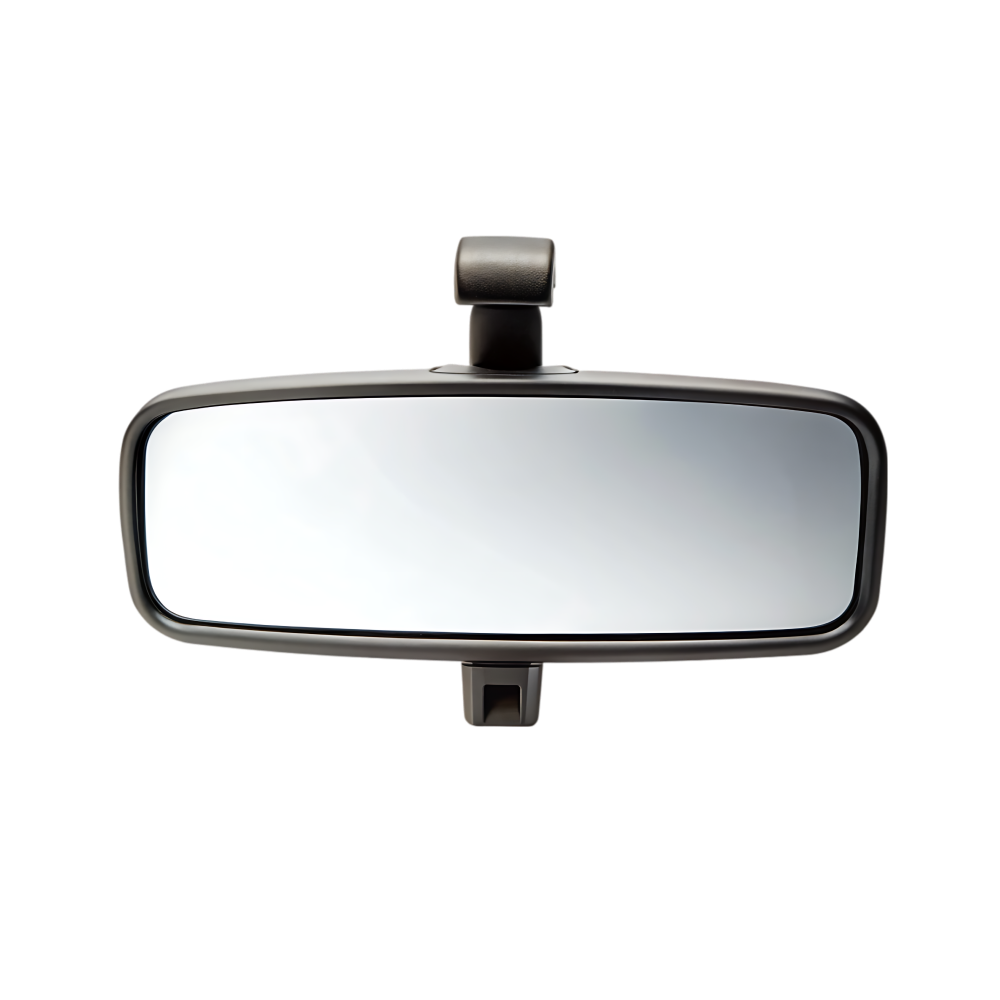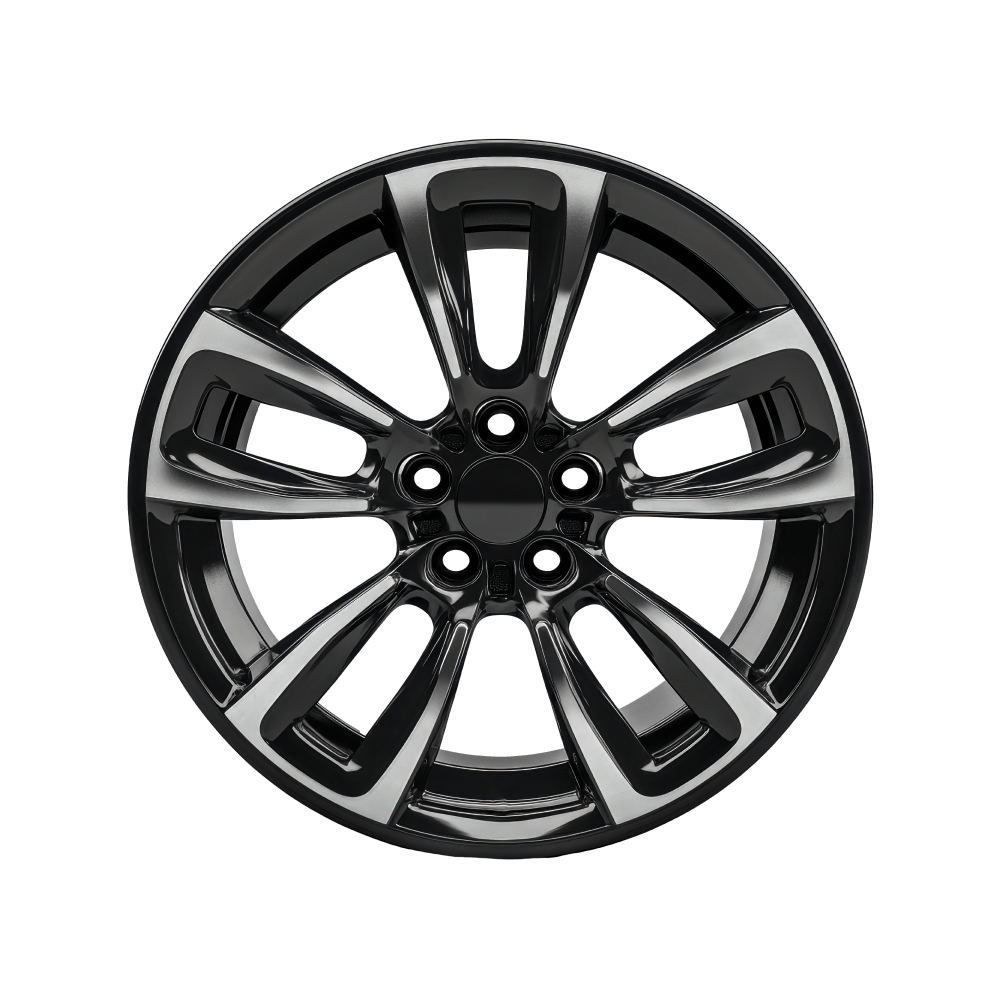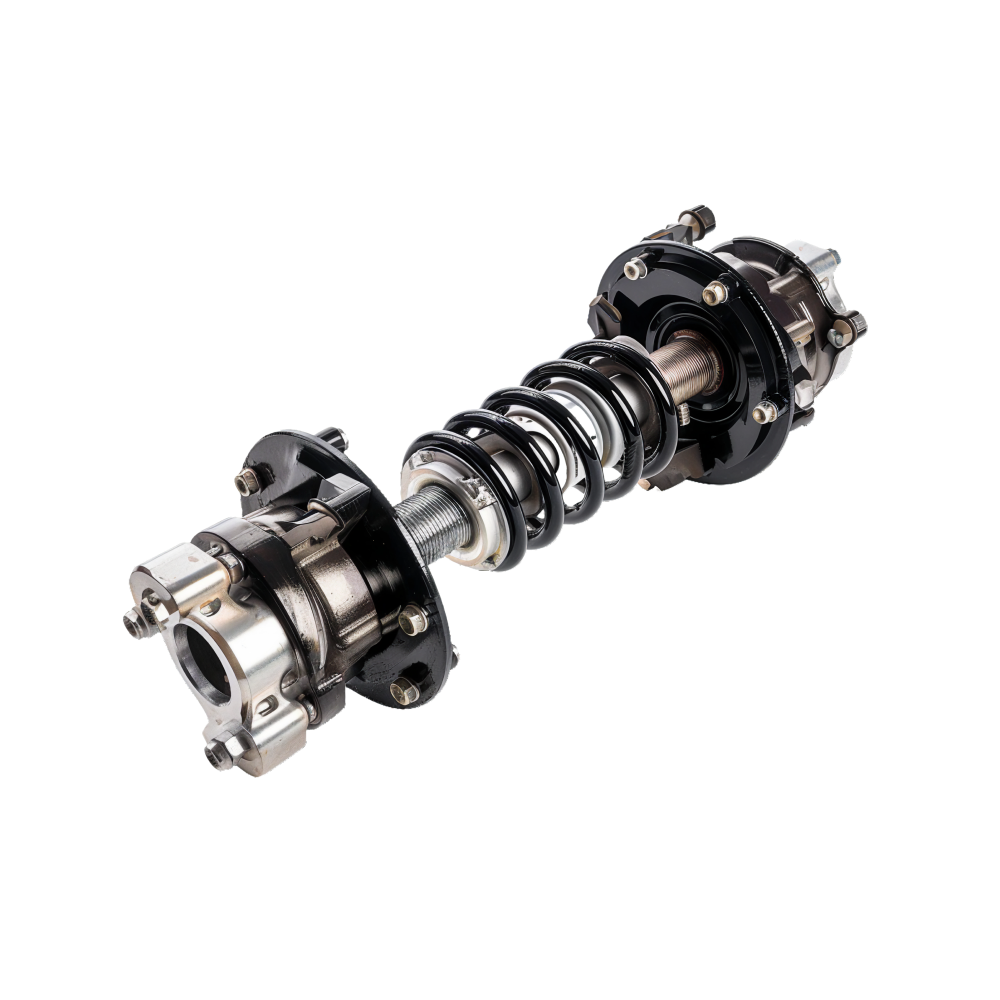Car enthusiasm isn’t going anywhere – it’s evolving. The next model year proves it. 2026 brings first-time EVs from blue‑chip badges, a few high‑stakes halo cars, and fresh platforms that aim to reset what daily drivers and performance machines can do. There’s real variety here: compact coupes, big luxury SUVs, a mid‑size adventure EVs, and not one but two exotic supercars rewriting the spec sheet. Enthusiasts get more choices, more tech, and more personality – without losing the focus on driving.
The challenge? The news cycle is noisy, and plans slip. This list cuts through that. Every pick has a clear, on‑the‑record 2026 timeline from the brand or widely cited primary reporting. You’ll see what each car promises, why it matters to drivers, and the key tech that backs it up. If something is still TBD, that’s flagged – no guesswork here.
To make the cut, a vehicle must have credible, public confirmation of a 2026 debut or first deliveries in at least one major market; clear enthusiast appeal – performance, handling, engineering, or heritage; and meaningful tech details available today. We ranked alphabetically by brand, then model for easy scanning. Specs are limited to confirmed or widely substantiated information; anything uncertain is labeled as such.
Alfa Romeo’s driver’s car returns on Stellantis’ STLA Large architecture, and the timing is official: Giulia follows the new Stelvio with a 2026 introduction. Expect a dramatic shift under the skin. STLA Large supports both hybrid and full‑electric layouts, and Alfa has stated its move toward an EV‑led lineup by 2027. That means Giulia will evolve beyond the current longitudinal ICE setup, while keeping the brand’s quick steering and light‑on‑its‑feet feel that fans expect.
What matters to enthusiasts is the platform’s headroom. STLA Large is built for high‑voltage powertrains and fast‑charge rates, with packaging that keeps weight and battery mass low in the chassis. That’s how you preserve response and ride control. If you are not into EVs, don’t worry – the new Giulia will also have combustion-powered variants. Expect a cleaner cabin with modern software, but heritage cues should survive – tight seating position, good sightlines, and that purist Alfa driving stance. The headline is simple: Giulia stays a driver’s car, with the hardware to keep it relevant well into the EV era.
BMW’s next chapter starts in Munich in summer 2026. The first Neue Klasse model – a 3‑Series‑sized electric sedan – kicks off production there, confirming the timeline after years of concepts and test mules. BMW won’t commit to the final name yet, but the formula is clear: new e‑motor tech, new battery chemistry, a lighter electrical architecture, and a fresh UI that aims to declutter the cockpit without numbing the drive.
Enthusiasts should care because Neue Klasse targets the classic BMW balance: steering precision, rear‑biased dynamics, and real‑world efficiency. BMW has talked up more efficient e‑motors and high‑voltage packs for better range and repeatable performance. The sedan sets the benchmark for the family that follows (including the next X3‑class EV). Think of it as a reset of the sport‑sedan playbook for the electric age – same mission, sharper tools.
A new Bugatti doesn’t just move the bar – it welds it higher. The Tourbillon pairs a naturally aspirated 8.3‑liter V16 with three electric motors for a combined 1,800 hp. The spec is outrageous, but the execution is artful: analog watch‑inspired controls, a fixed‑hub steering wheel that keeps the gauges in view, and a carbon‑intensive structure with 3D‑printed components. Production caps at 250 units, and Bugatti schedules customer deliveries for 2026.
Numbers aside, the big story is how Bugatti blends feel and fury. The NA V16 promises response and soundtrack, while the e‑motors give seamless torque fill and all‑wheel traction. The 24.8‑kWh battery offers meaningful electric running for quiet city hops; the rest of the time, it feeds a top‑speed target north of 270 mph (with the Speed Key). This is a technical statement piece, but also a driver’s machine – one that keeps emotion front and center in an electrified world.
Ferrari’s first battery‑electric model isn’t a styling exercise – it’s a production car with a firm start line. The company has said customer deliveries begin October 2026. The new EV will be built in Maranello’s “e‑building,” a flexible plant designed for ICE, hybrid, and electric models. Ferrari plans a phased reveal: the “technological heart” comes first, then the full car ahead of launch.
For the tifosi, the question is character. Ferrari knows that an EV must still feel like a Ferrari – instant response, fine control, and feedback that invites commitment. Expect a focus on weight management, low inertia, and power electronics tuned for precision, not just straight‑line numbers – these characteristics probably explain why Ferrari recently had a prototype of one of the world’s fastest EVs to play with in its factory. Personalization remains core to the brand, and the new factory was built with that in mind. This one matters far beyond Maranello; it sets the tone for how top‑tier performance brands do EVs.
Genesis has momentum, and the GV90 is its full‑size, three‑row electric flagship. Production is slated to begin around June 2026, and the design language draws from the Neolun concept: minimalist surfacing, lounge‑like cabin, and show‑car details evolved for the real world. Expect the brand’s newest EV platform and fast‑charging hardware, along with driver‑assist tech that chases best‑in‑class polish rather than gadget overload.
The GV90 plays a different game than an outright performance SUV – but enthusiasts should still watch. Genesis has nailed ride/handling harmony in recent models. The GV90 scales that up with silent cruising, strong straight‑line pace, and brake‑by‑wire that feels natural. If Genesis can deliver crisp steering and calm body control at this size, it will land as a legitimate alternative to the EQS SUV, Escalade IQ, and Range Rover EV.
Honda used CES 2025 to pull the cover off the 0 Series and put firm timing behind it: the 0 Saloon arrives first in North America in 2026, with a companion 0 SUV close behind. The program centers on “Thin, Light, and Wise” – code for smart packaging, weight control, and software that adds value without clutter. Honda also announced its new ASIMO OS and a Renesas‑developed SoC to run it, laying groundwork for fast UI, advanced driver assist, and OTA growth.
Why it matters: Honda built its reputation on lightweight engineering and honest, responsive chassis tuning. The 0 Series aims to bring that DNA to EVs – lower mass, clean aero, and a driving position set for engagement. That’s the right path to make an electric sedan interesting to people who care about how a car moves, not only range numbers or screen size.
Honda is bringing back the Prelude as a 2026 model, and it isn’t a nostalgia play. The coupe will use Honda’s two‑motor hybrid system and – crucially – hardware that borrows from the Civic Type R’s front end, including the dual‑axis strut layout that kills torque steer and sharpens turn‑in. Honda has now confirmed U.S. timing and positioned the car as a grand‑touring sport coupe rather than a track rat.
Enthusiasts should expect balance. The hybrid setup targets quick throttle response and smooth power, while the front‑end geometry, wider tracks, and stout braking give confidence on fast roads. Honda’s goal reads like the best Preludes of old: a car you choose to drive for no reason at all, because it feels right in your hands and feet. Manual lovers may grumble, but if the tuning is on point, this Prelude will win people over the moment it arcs into a corner. All you need to know about the new Prelude is here.
The show‑stopping O₂ concept becomes the Polestar 6 – and the brand didn’t hedge on timing. Polestar has said the electric roadster launches in 2026, with early build slots already spoken for. The car rides the company’s 800‑volt performance platform, targeting serious output with dual‑motor all‑wheel drive and the crisp pedal feel that made the 5 prototype so impressive in testing.
A proper roadster lives and dies by feel. EVs have instant torque, but great ones also talk to you through the chassis. Polestar is chasing exactly that. The brand’s recent tuning shows real progress: linear controls, smooth body motions, and stable braking. If the 6 keeps weight in check and nails steering effort and precision, it could become the EV driver’s open‑top of choice – quick, composed, and happy to rack up miles.
Porsche’s family of electric models grows with the Cayenne EV. After teasers and prototypes at hill climbs, Porsche has signaled a full reveal ahead of sales in 2026. The Cayenne EV slots above the Macan EV and will share key 800‑volt tech, advanced chassis systems, and the brand’s now‑familiar philosophy: fast charging, strong repeatable performance, and braking that blends regen with friction seamlessly.
Why it’s a big deal: the Cayenne defined performance SUVs for two decades. An electric version has to carry that torch with control and endurance. Expect Porsche Active Ride‑style body control, stout dual‑motor setups, and thermal management tuned for back‑to‑back runs, not just one glory pull. If it drives like a Porsche first and an EV second, it will set the class benchmark the day it lands.
Rivian’s R2 aims straight at the heart of the enthusiast’s daily: mid‑size footprint, useful range, real off‑pavement chops, and the clever packaging that made R1 models cult favorites. Rivian moved production to its Illinois plant to speed things up and confirmed a first‑half‑2026 delivery window. That decision trimmed billions in capital spend and put the program on a tighter, more executable path.
The R2 matters because it promises the R1’s personality at a price and size more people can live with. Expect punchy acceleration, smart ride tuning, and the modular gear solutions that make active weekends easy. Rivian’s software and UI have matured, and the company continues to improve charging access and trip planning in the app. If Rivian nails efficiency and keeps the suspension honest, R2 could become the default “do‑everything” EV for drivers who care about feel.
We want to hear from you! Share your opinions in the thread below and remember to keep it respectful.
Your comment has not been saved
I’d walk before I’d buy an EV.
Everyone and their mother’s got a Mustang; try these cheaper classics instead.
The Air Force is buying Cybertrucks, not to drive them, but to find out how fast they can blow them apart.
Stellantis’ patent reveals a smart hybrid system juggling dual motors for silky shifts and better range.
Ford invests $5B in new EV platform and factory to launch a $30K midsize electric truck in 2027 with Mustang-like performance and a new platform.
A 1,600-hp Supra proves why it’s called the Widowmaker after a brutal runway run ends in mechanical carnage.
This may just be the toughest $12K truck money can buy.

